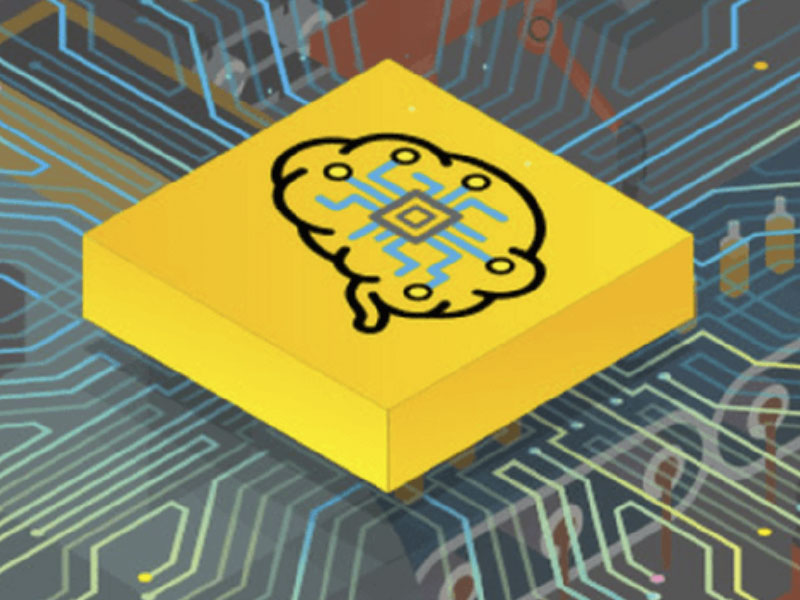How to start a deep learning project in five steps
Traditional or “rule-based” machine vision offers reliable performance in all situations that feature well-made, consistent-looking parts, and excels in applications where high accuracy or extremely high speeds are required, such as robot guidance, localization, measurement, and inspection. This type of machine vision is exceptional if the variables involved are known in advance: is a part present or absent? How far exactly is this object from that one? Where does this robot have to move to assemble this part? These tasks are easy to implement on the assembly line in a controlled environment, but what happens when things are not so defined?
This is where artificial intelligence comes in. Deep learning uses example-based algorithms and neural networks to analyze defects, detect and classify objects, or read printed characters. By teaching a computer what a good part looks like through a certain amount of example images, it will be able to notice the difference between a good and defective part based on any variations.
Deep learning-based image analysis is creating new opportunities for industrial automation in a wide range of industries. From inspecting surface defects to sorting variable parts, checking final assemblies, grading product quality or reading challenging text, vision systems enabled by deep learning can handle so many new applications.
Yet plant managers rightly hesitate to put their skilled processes at risk in favor of the potential returns from a new technology. If a manager introduces new technology and improves efficiency, he gets a bonus; if, on the other hand, he introduces new technology that slows or stops production, the negative impact can be very serious.
However, successfully implementing deep learning into an automation strategy can result in cost savings, improvements to inefficient internal processes, and the ability to automate complex inspection applications that would otherwise be impossible with traditional vision tools, thus helping to increase productivity and quality of results.
There are five steps to be addressed to successfully implement the first deep learning pilot project:
- Set appropriate expectations
- Understand what the overall return on investment will be
- Carefully plan the resources needed
- Start small with a pilot project
- Then maintain a phased growth approach to the project.
Our experience helps manufacturers unfamiliar with deep learning avoid wasting time and committing costly missteps, while generating organizational buy-in for the significant advantage provided by the technology. If executed correctly, the first successful project can lead to more ambitious and strategic developments.


